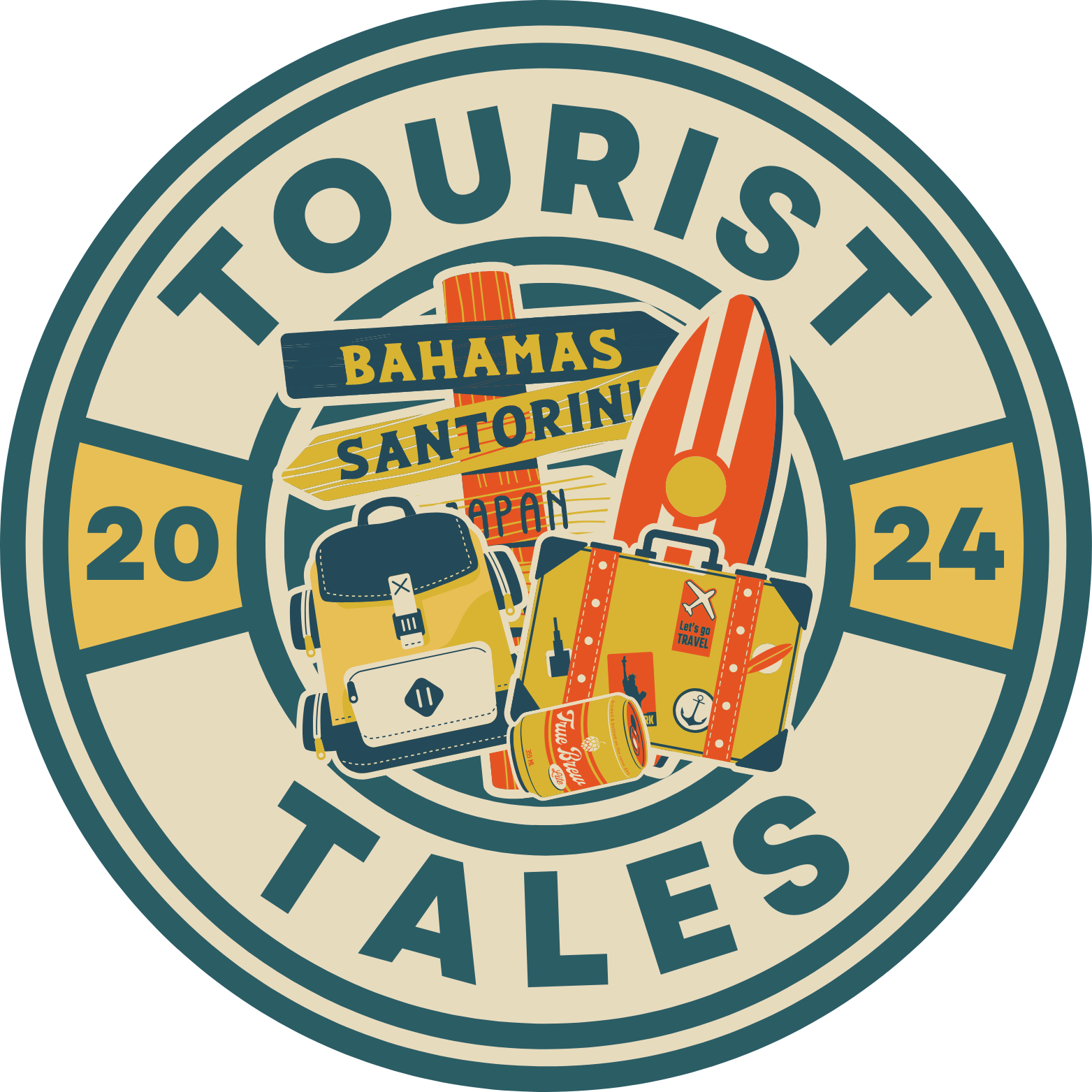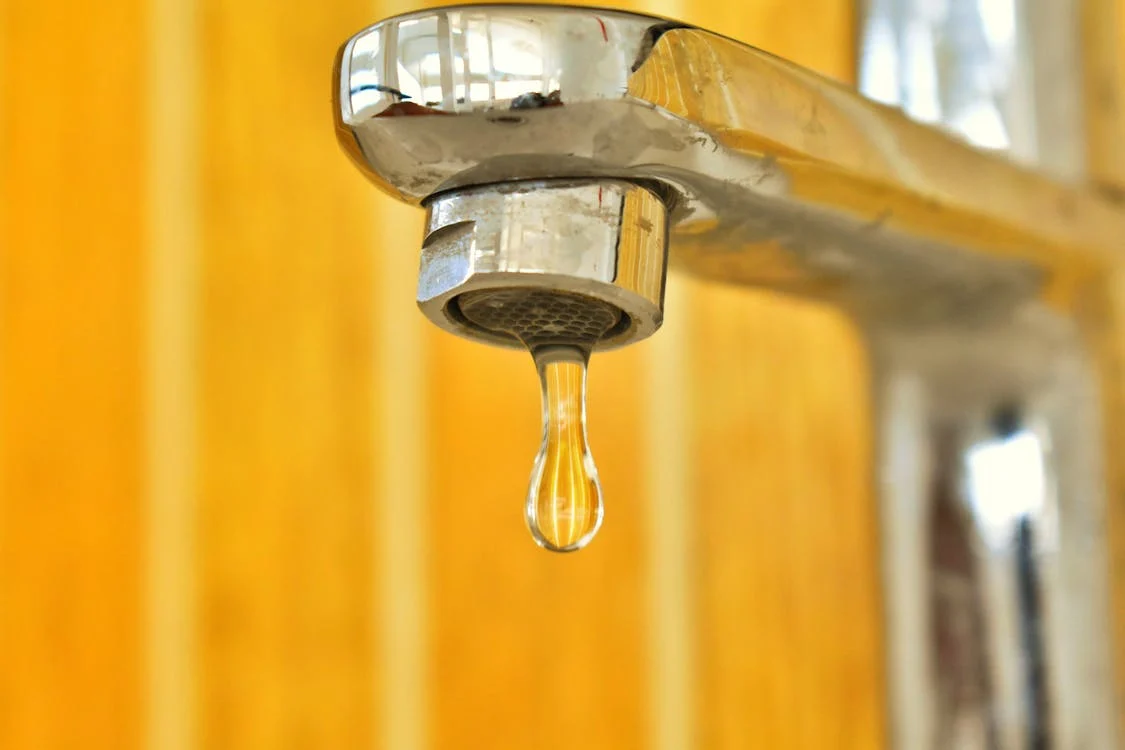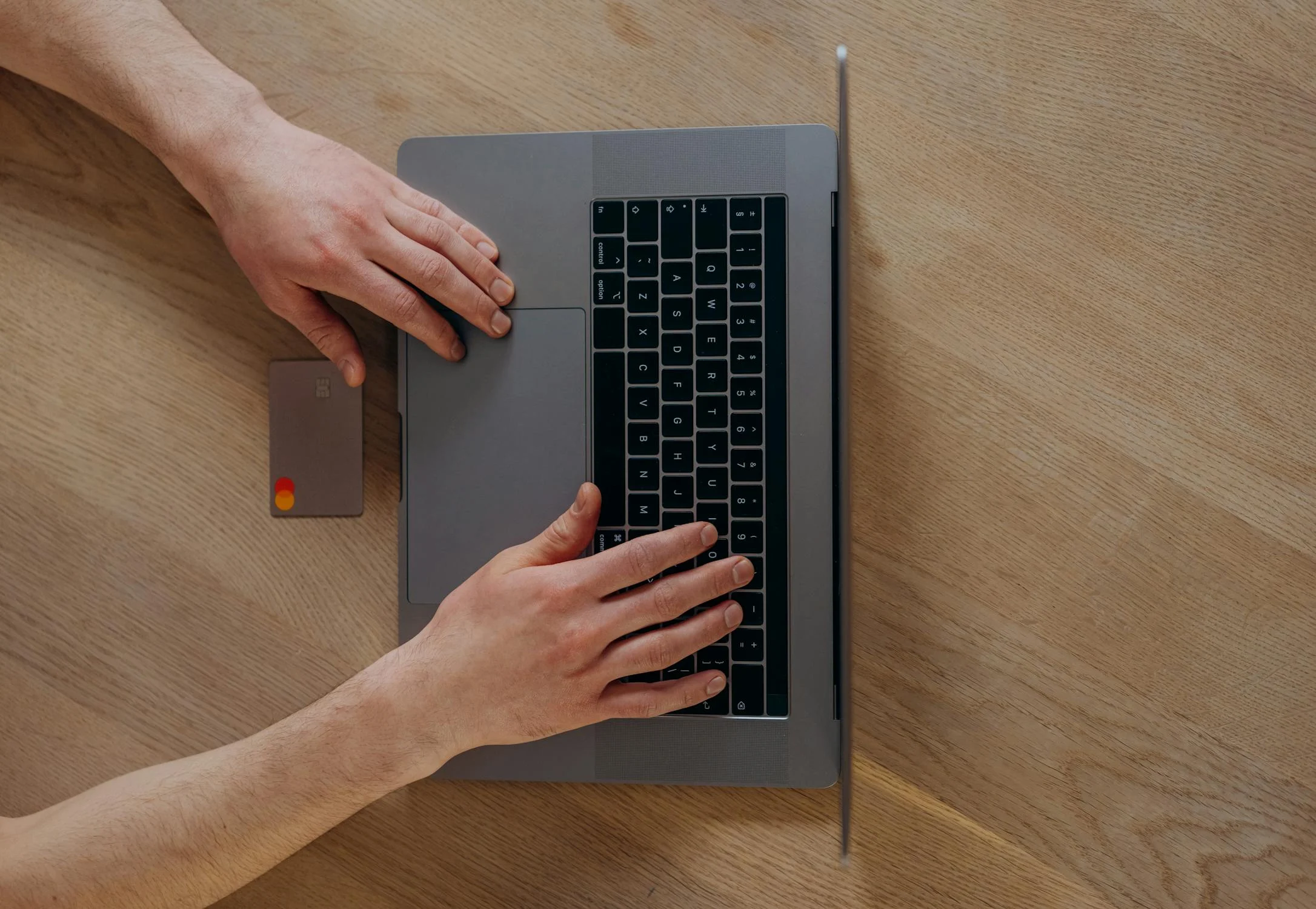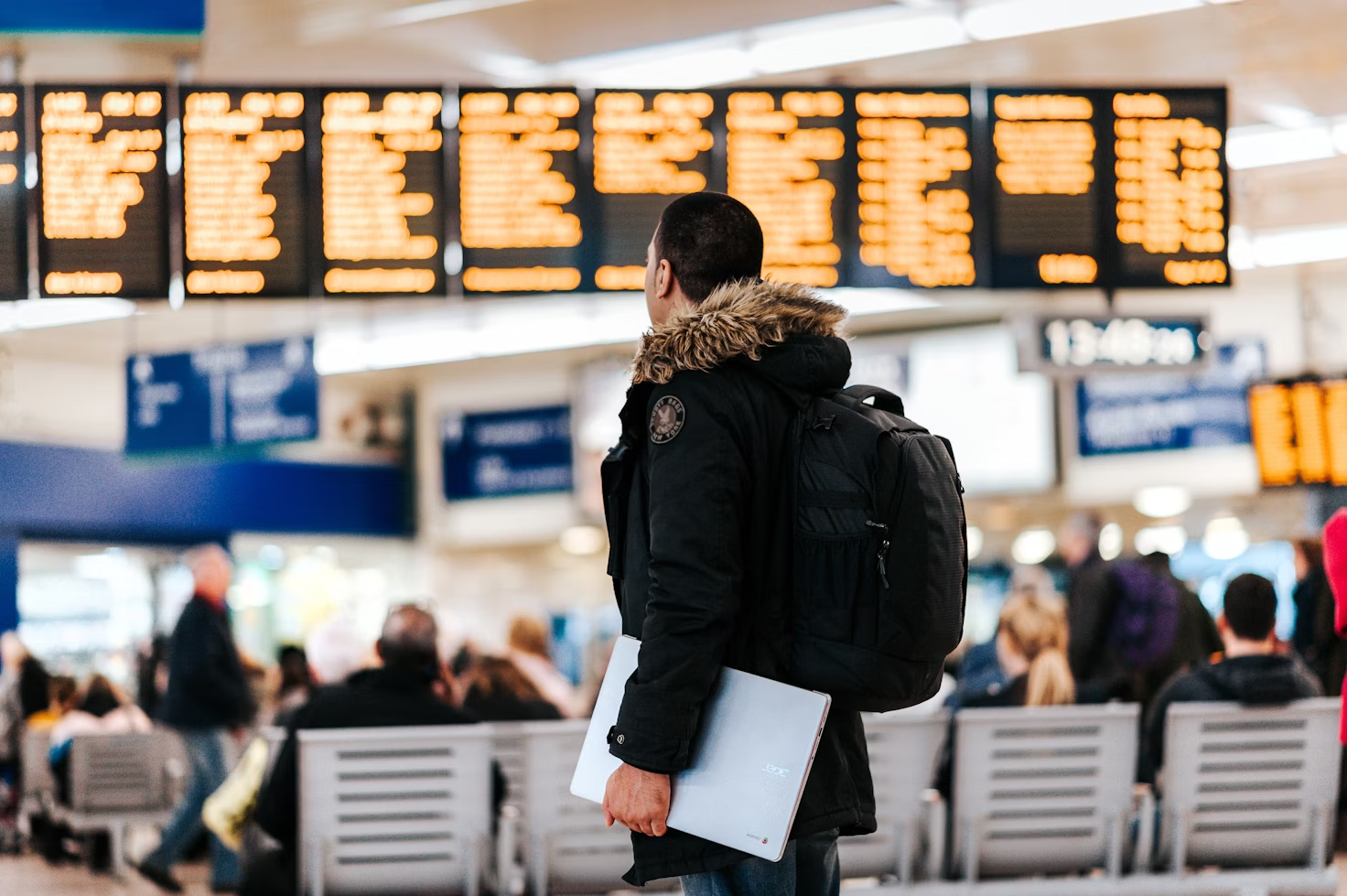Plenty of travelers worry about whether it’s safe to drink the water in Europe every year. Myths around tap water and health risks have been passed down so often that they fill guidebooks and online threads, sending backpackers searching for bottled water in every city. But the real story is much less dramatic—and much more reassuring for anyone planning an adventure.
- Most European countries have strict regulations that make tap water safe and reliable for locals and tourists.
- Tap water in major cities and many rural areas often tastes as good as bottled water, making it easy to reduce plastic waste while saving money.
- A few exceptions exist, such as remote villages or older buildings, where it’s smart to ask locals or check signage before drinking from the tap.
- Some countries outside the EU or in the Balkans may have less consistent water quality, so double-checking with your accommodation is wise.
- Using reusable bottles and asking for tap water in restaurants is common and helps travelers stay hydrated without worry.
This post sets the record straight about drinking water safety in Europe. You’ll get up-to-date info you can trust, busting long-held myths with facts and first-hand travel tips. Let’s clear up the confusion so you can sip safely and focus on your next European adventure.
Debunking The Tap Water Myth In Europe

Many travelers have heard rumors that tap water in Europe is unsafe or untrustworthy, leading to an automatic grab for bottled water at every café or hotel. This tap water myth simply doesn’t stand up to closer inspection. In fact, European countries go to great lengths to make their water safe for residents and visitors alike. With a few local exceptions, you’ll find European tap water is not just drinkable but often outshines bottled brands in taste and quality.
European Water Quality Standards Explained
Europe’s commitment to clean water starts with strong regulation. The European Union has set strict directives that cover drinking water quality across all member states. Regulations such as the Drinking Water Directive ensure that over 50 microbiological, chemical, and indicator standards are regularly tested.
Key points include:
- Continuous Testing: Tap water is tested at every stage, from source to tap. If issues ever arise, public health authorities act quickly.
- Public Monitoring: Water providers must share results with the public. It’s easy to find up-to-date information on local water quality online, often in English.
- Enforcement: Countries face hefty penalties if they fail to meet safety targets, leading to quick corrective actions.
Countries Renowned For Excellent Tap Water
Some European countries have a gold standard reputation for water that’s not only clean but also delicious. Whentraveling in Europe with kids, having access to safe and great-tasting tap water is a huge advantage. While safe tap water is standard almost everywhere, a few nations are primarily known for their exceptional quality.
Top countries for tap water include:
- Switzerland: Alpine springs and rigorous purification make Swiss tap water famously pure.
- Germany: Strict local oversight and modern infrastructure ensure crisp, safe water in cities and villages.
- Austria: Many major cities, including Vienna, source their tap water directly from mountain springs.
- Nordic Nations (Norway, Sweden, Finland, Denmark): Their naturally sourced water, often glacial or spring-fed, is prized for its taste.
Exceptions And Practical Tips For Travelers
The tap water myth often suggests that tap water isn’t safe to drink, but this isn’t true in most cases. However, there are rare exceptions where caution is advised. Here’s what to watch for and how to stay informed:
Situations to Be Cautious About:
- Remote Villages: In small or isolated communities, particularly on islands or in mountainous areas, water infrastructure may be older or less reliable. Always ask your accommodation staff if the water is safe for non-locals.
- Aging Buildings: Old hotels or apartments with outdated pipes can affect water quality. If the water tastes odd or you notice warnings, opt for bottled water instead.
- Non-EU & Some Balkan Countries: Outside the EU, water quality regulations may not always meet the same standards. Check recent traveler reviews or confirm with locals if you’re unsure.
Tips for Ensuring Safe Drinking Water:
- Ask Locals: Staff at cafés, hostels, or tourism offices can provide reliable information about water safety in the area.
- Check Online: Government or municipal websites often have updates on regional water quality.
- Carry a Filter Bottle: Atravel filter bottle is an excellent backup, especially in areas where rare water advisories may occur.
Tap water safety in Europe is a point of national pride for many local communities. Reliable public information and transparent regulations let you refill your reusable bottle confidently across much of the continent.
Other Common Myths And Safety Concerns When Traveling in Europe

Europe offers diversity, history, and world-class experiences, but myths about personal safety, food standards, and family travel often stick in travelers’ minds. It’s easy to get overwhelmed by hearsay or dramatic headlines before your trip. Let’s break down fact from fiction about European travel safety and help you feel more confident as you plan.
Crime And Personal Safety
Europe remains a generally safe destination for travelers, with crime rates often lower than in many other developed regions. While tourist scams and petty theft are the most common concerns in busy areas, violent crime is rare, and risks can be managed with simple precautions.
- Be cautious in crowded areas like metros, busy streets, or tourist landmarks, as these are typical hotspots for pickpocketing. Stay alert and aware of your surroundings, especially during rush hours or at popular attractions.
- Use a crossbody bag or money belt to keep your valuables secure and close to your body. Consider bags with anti-theft features, such as locking zippers or RFID protection, to add an extra layer of safety.
- Keep your bags close when sitting in cafés, restaurants, or transit hubs. Avoid placing them on the back of a chair or out of sight, as this can make them an easy target for thieves.
- Stick to well-lit and populated areas when walking at night. Avoid shortcuts through alleys or unfamiliar neighborhoods, and always trust your instincts if a situation feels unsafe.
- Familiarize yourself with emergency numbers before your trip, such as 112, which can be used across most of Europe for police, ambulance, or fire services. Save local contact numbers and the address of your country’s embassy to be prepared for any situation.
Hygiene And Standards Across Europe
Europe takes food quality and safety seriously, with strict hygiene standards in restaurants, markets, and cafes. Travelers can confidently enjoy regional specialties, thanks to routine inspections, fresh ingredients, and generations of safe culinary practices.
- The EU enforces strict food and water hygiene standards across all member countries to ensure public safety and maintain high-quality standards. These regulations cover everything from food production to distribution, protecting consumers at every step.
- Local health inspectors regularly monitor and grade food businesses, conducting routine checks to verify compliance with hygiene and safety requirements. This ensures every establishment meets stringent guidelines to serve safe, quality food.
- Many European restaurants prioritize fresh, seasonal, and traceable ingredients for their dishes, often sourcing directly from local farmers and markets. This supports local agriculture and enhances the food’s flavor and quality.
- Traditional foods like raw cheeses and smoked meats are made using safe, time-honored methods passed down through generations, combining artisanal craftsmanship with modern hygiene practices for a perfect balance of tradition and safety.
- Visitors can explore farm tours in Italy and other parts of Europe, where they can witness firsthand how food goes from field to table. These immersive experiences often include tastings and offer unique insights into sustainable farming techniques and the heritage of European cuisine.
Traveling With Kids And Families—Dispelling Worries
Traveling to Europe with kids is easier than you might think! Many countries go the extra mile to make family travel safe and enjoyable, offering conveniences that ease everyday worries.
- Stroller-friendly cities and discounted public transport for children make getting around simple.
- Hospitals, pharmacies, and English-speaking staff are widely accessible.
- Tourist areas commonly feature playgrounds, family bathrooms, and baby-changing stations.
By letting go of old myths and focusing on facts, you’ll see why many travelers call Europe one of the safest, most enjoyable places to explore.
Final Thoughts
With the correct information, traveling smart and safe in Europe is much simpler than many travelers expect. Most tap water meets strict standards, and everyday habits keep you healthy and comfortable along the way. Old myths often mask the reality—Europe’s cities, towns, and rural escapes are welcoming, modern, and eager to share their best with you.
- Research local water safety before your trip and bookmark key resources.
- Pack a reusable water bottle to stay hydrated and cut down on plastic.
- Double-check tap water safety in rural areas or older buildings by asking locals.
- Practice daily hygiene habits like handwashing to stay healthy.
- Keep up with travel safety updates from official tourism or embassy websites.
Stay flexible, keep an open mind, and plan boldly with friends or on your own. The secret to smart and safe travel is trusting reliable facts, questioning old stories, and embracing the freedom to discover.





